Find more details online
Need to insure your car in a new state? Find out how AAA Members can receive discounts and add multiple drivers to their insurance policy on our website.

Moving to a new state can be an exciting adventure, but it also comes with a long list of to-do’s. One of the most important tasks to tackle when you relocate is managing your car registration to ensure legal compliance and uninterrupted driving privileges in your new location.
Registering your vehicle in a new state involves several steps, including gathering the necessary paperwork, the initial car registration and registration renewal. Understanding the car registration process, fees and online options is essential for a smooth transition.

Before starting the new car registration process, there are some tasks to be completed first:
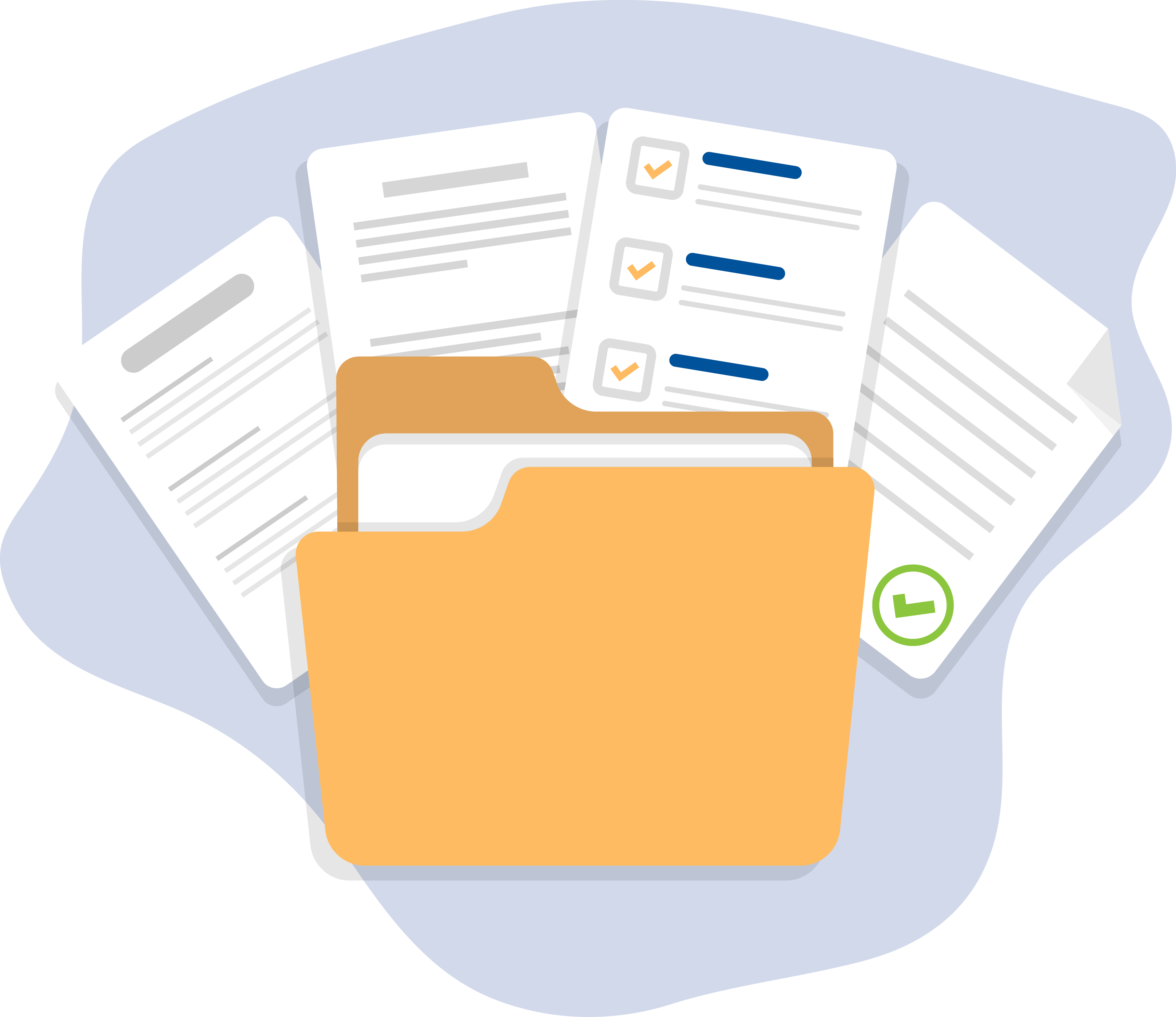
To complete your car registration, you'll need to gather important documents:
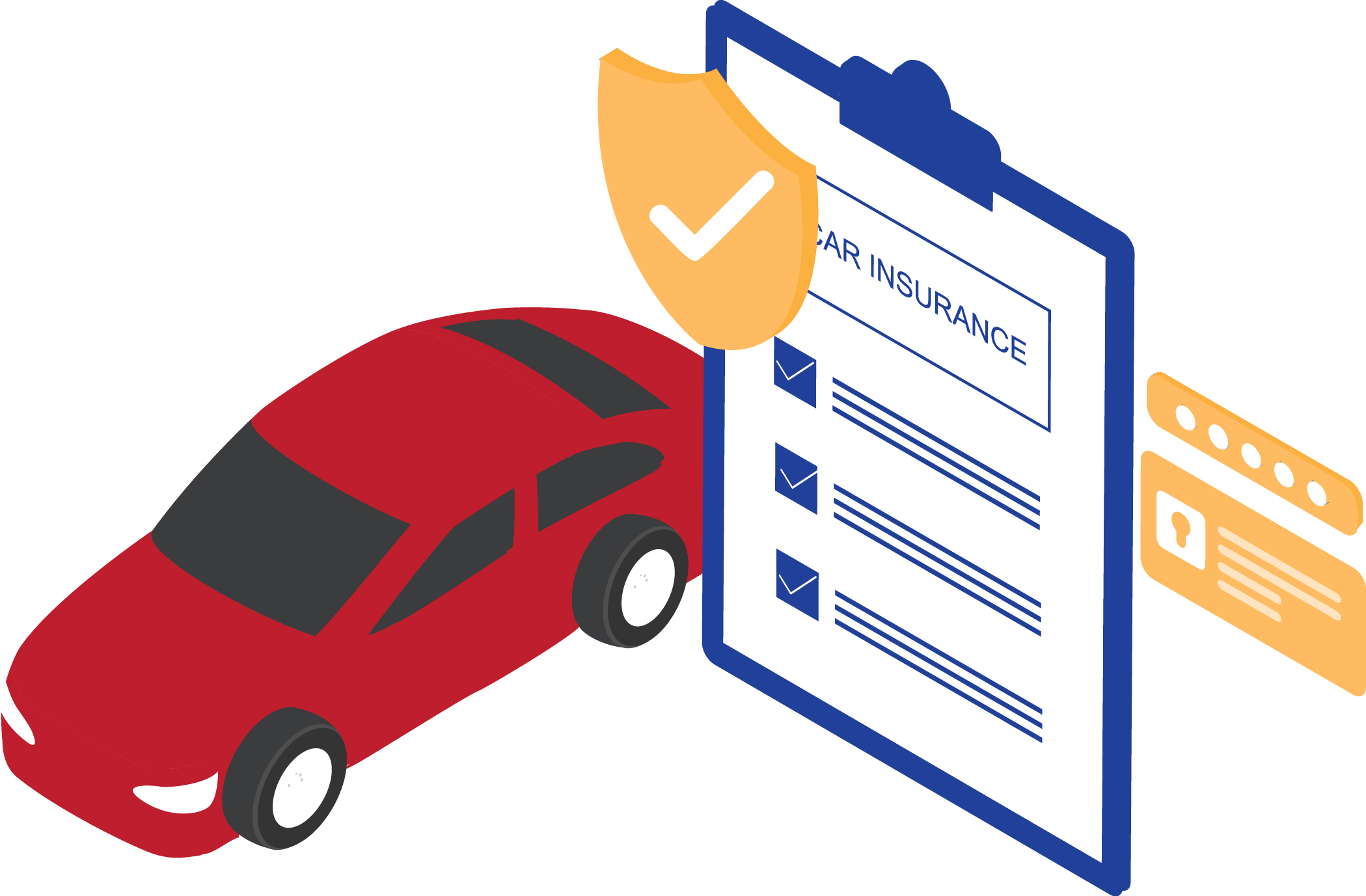
Most states require proof of car insurance during car registration:
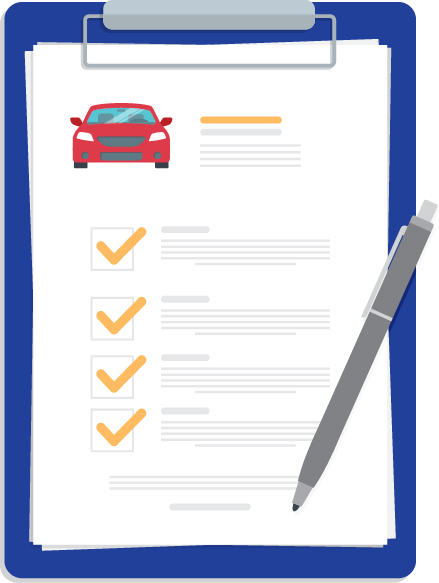
With the necessary documents and insurance in hand, follow these steps to complete your registration:
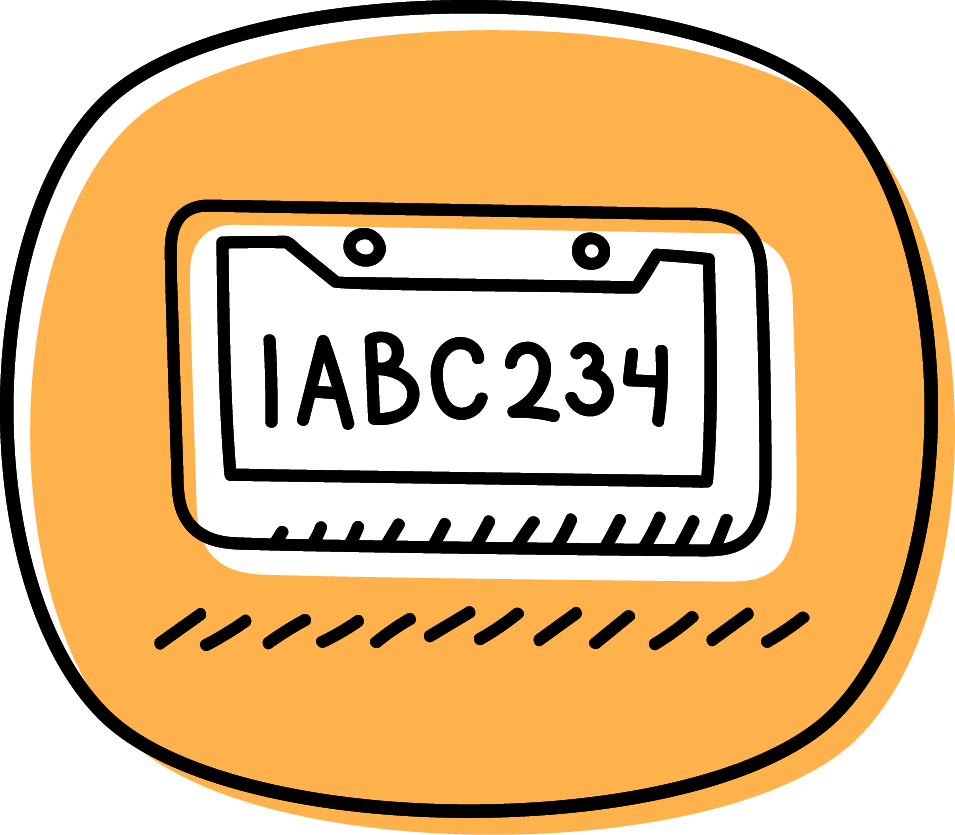
Finally, you'll receive your new license plate(s):
Inform the state where your car was previously registered that you have moved and updated the vehicle’s registration. This ensures your vehicle never has a lapse of registration coverage, which is illegal in most states.
Understanding how to renew a car registration is crucial to maintaining legal driving status:
If you need to change your car registration address or have queries about documents like a copy of your car registration, reach out to the DMV for guidance:
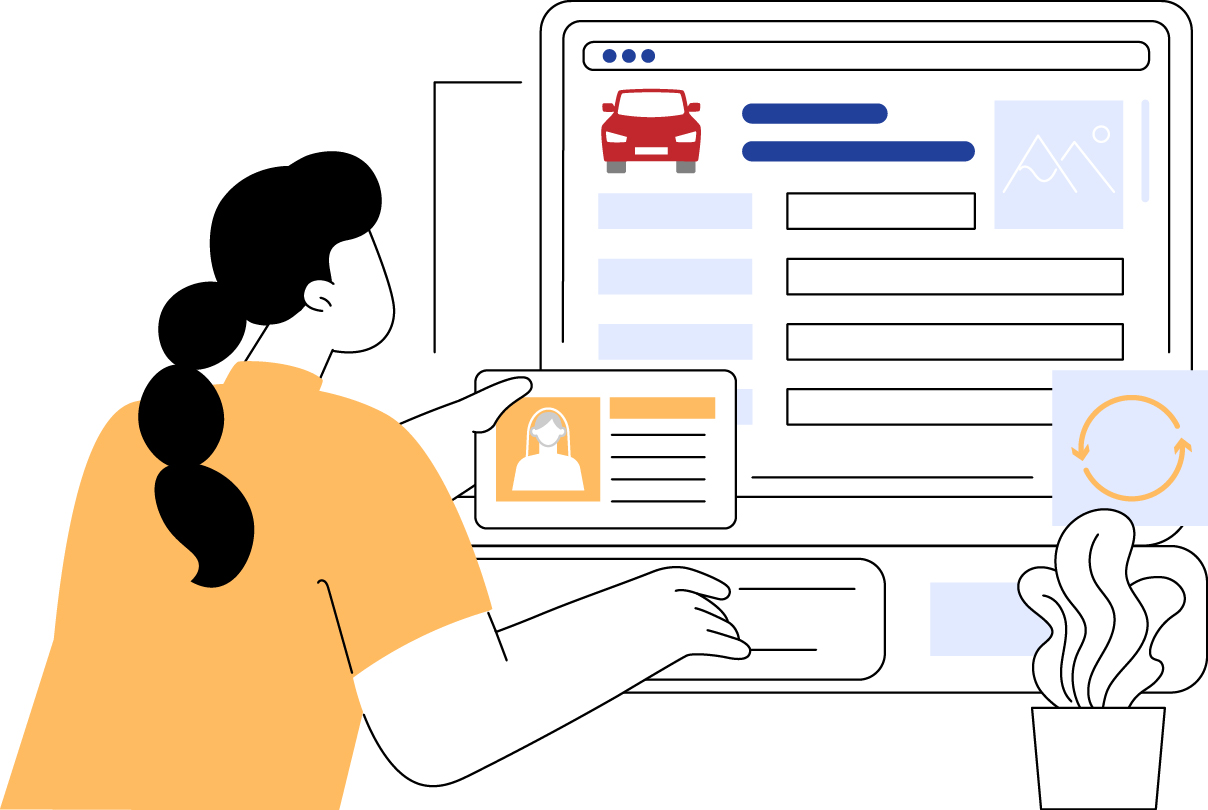
Taking care of your car registration when moving to a new state is a must. From initial registration to renewals and address updates, it's all about keeping things legal and hassle-free. By being prepared, understanding fees and staying informed, you can transition smoothly and hit the road with confidence.
This information is being provided for general informational purposes only. The Auto Club Group does not assume any liability in connection with providing this information.